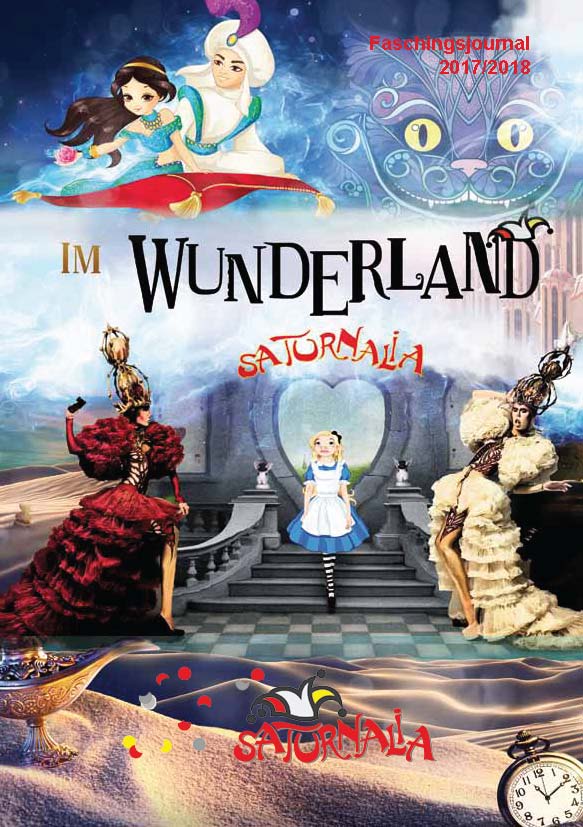

Theophilus (AD 115-181), bishop of Caesarea, stated, “We ought to celebrate the birthday of Our Lord on what day soever the 25th of December shall happen.” St. Telesphorus (125-136) instituted the tradition of celebrating midnight Mass, which means Christmas already was being celebrated. Saunders noted in another article:Ĭcording to the Liber Pontificalis, Pope St. It shows definitively that Zachariah served as a Temple priest in September.Įarly Christian history corresponds to this, as Fr. Shemaryahu Talmon, Professor Emeritus in the Bible Department at Hebrew University in Jerusalem and a top Scroll scholar, in 1958 published an in-depth study of the Temple’s rotating assignment of priests and the Qumran scrolls to see the assignment during New Testament times. Nine months from March 25, or six months from June 24, renders the birth of Christ at Dec. Luke also recorded how the Archangel Gabriel told Mary that Elizabeth was six months pregnant with John (Lk 1:36), which means the Annunciation occurred March 25, as we celebrate. For this reason, we celebrate the Nativity of St.

Thereupon, they conceived John, who after presumably 40 weeks in the womb would have been born at the end of June. While on duty, the Archangel Gabriel informed Zechariah that he and Elizabeth would have a son (Lk 1:5-24). Josef Heinrich Friedlieb has established that the priestly class of Abijah would have been on duty during the second week of the Jewish month Tishri, the week of the Day of Atonement or in our calendar, between Sept. Each class served one week in the temple, twice a year.

Zechariah was a priest of the class of Abijah (Lk 1:5), the eighth class of 24 priestly classes (Neh 12:17). John the Baptist to his elderly parents, St. Luke related the announcement of the birth of St. William Saunders, in one of his consistently excellent articles for The Arlington Catholic Herald ( 12-19-13), wrote: In other words, it was derived from considerations having nothing whatsoever to do with Roman festivals or any other December-related cultural or non-Christian religious activities.įr. He was thought to have ruled when the world enjoyed a Golden Age of prosperity and happiness, hence the general frivolity of his festival.First of all, the date of December 25th for the birth of Jesus, is a straightforward deduction from Scripture, analyzed in conjunction with historical knowledge about those who worked in the temple. With links to indigenous Italian deities and perhaps, too, a version of the Greek god Kronos, he was regarded as a primordial deity who had taught humanity important agricultural skills. Depictions of the god in surviving art have him wearing a veil and brandishing either a sickle or a pruning knife suggesting a close relation with agriculture and especially seed-growing or seed-corn. The focus of the Saturnalia and the god who gave his name to the festival was Saturn (or Saturnus), who is something of a mysterious figure in Roman religion. The similarities of some of its features and the timing - pushed later into December over time - suggest a strong influence on the Christian celebration of Christmas. Originating from archaic agricultural rituals the Roman festivities came to include a general round of gift-giving, merrymaking, and role-reversals so that it became one of the most popular celebrations in the calendar and certainly the jolliest. The Saturnalia was an enduring Roman festival dedicated to the agricultural god Saturn which was held between the 17th and 23rd of December each year during the winter solstice.


 0 kommentar(er)
0 kommentar(er)
